Jaguar XJS Reborn as TWR Supercat; Gets 592bhp V12, Carbon Fibre Bodywork, and More
Thanks to the combined efforts of renowned Porsche modifier Magnus Walker and digital designer Khyzyl Saleem, the Jaguar XJS's smooth, elegant silhouette has been given an aggressive overhaul reminiscent of the endurance racers of the 1980s.
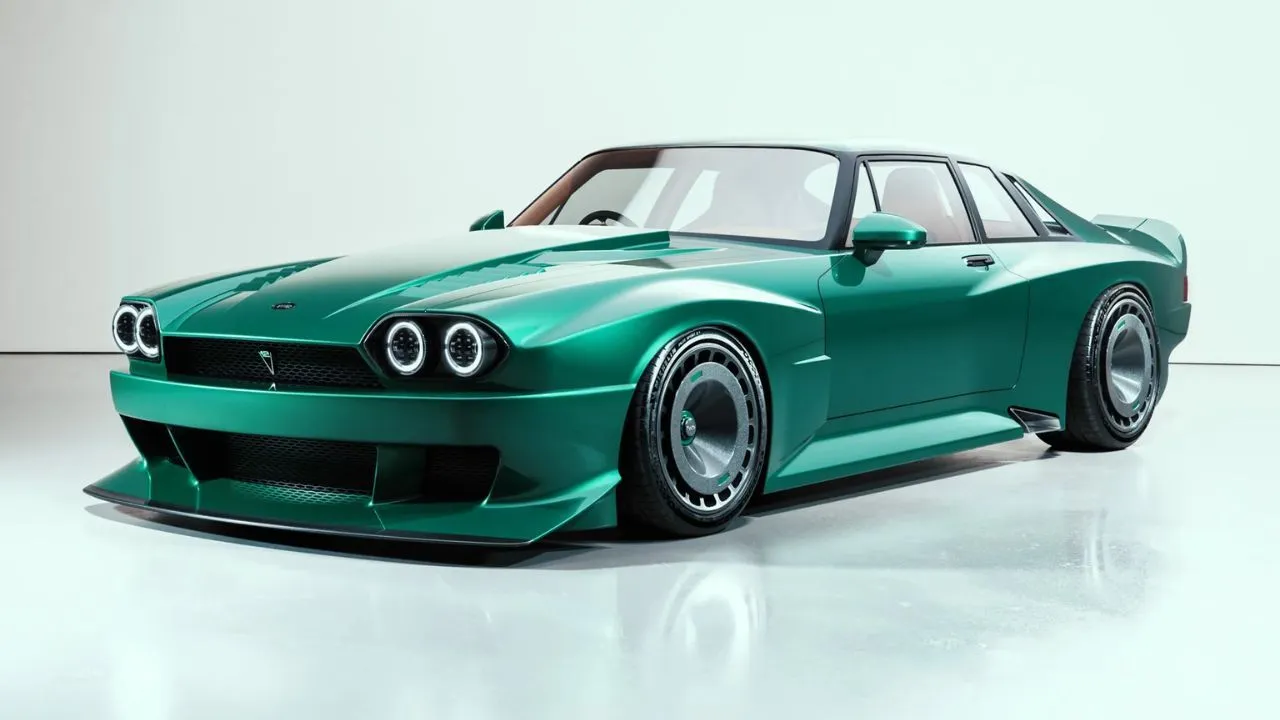
The British engineering company TWR Performance has unveiled its first production vehicle, an insane 600bhp version of the Jaguar XJS with a manual gearbox, carbon fibre bodywork, and a supercharged V12 unit. A high-performance super-GT titled the Supercat is the first concept announced by the Berkshire-based firm, which was formed by the son of renowned team manager and driver Tom Walkinshaw. The project features a reimagining of the 50-year-old British coupé. An engineering team from McLaren, Ferrari, and Porsche, along with members of the Williams, Mercedes, and Renault Formula One teams, worked on the car for more than two years.
Also Read: 2025 Porsche Cayenne GTS Marks Global Debut, Gets 486bhp V8 and Turbo GT Suspension Parts
TWR Supercat: Design Cues
Thanks to the combined efforts of renowned Porsche modifier Magnus Walker and digital designer Khyzyl Saleem, the XJS's smooth, elegant silhouette has been given an aggressive overhaul reminiscent of the endurance racers of the 1980s. The new aero disc-style wheels protrude from a specially designed set of wide arches, indicating a significant increase in track width over the original car. An expansive splitter at the front spans the vent-heavy front bumper, and halo-style LED lights are sunken into the hexagon-shaped voids, which represent a crucial component of the original XJS's design. Notably, the brand-new layout is made of carbon fibre.
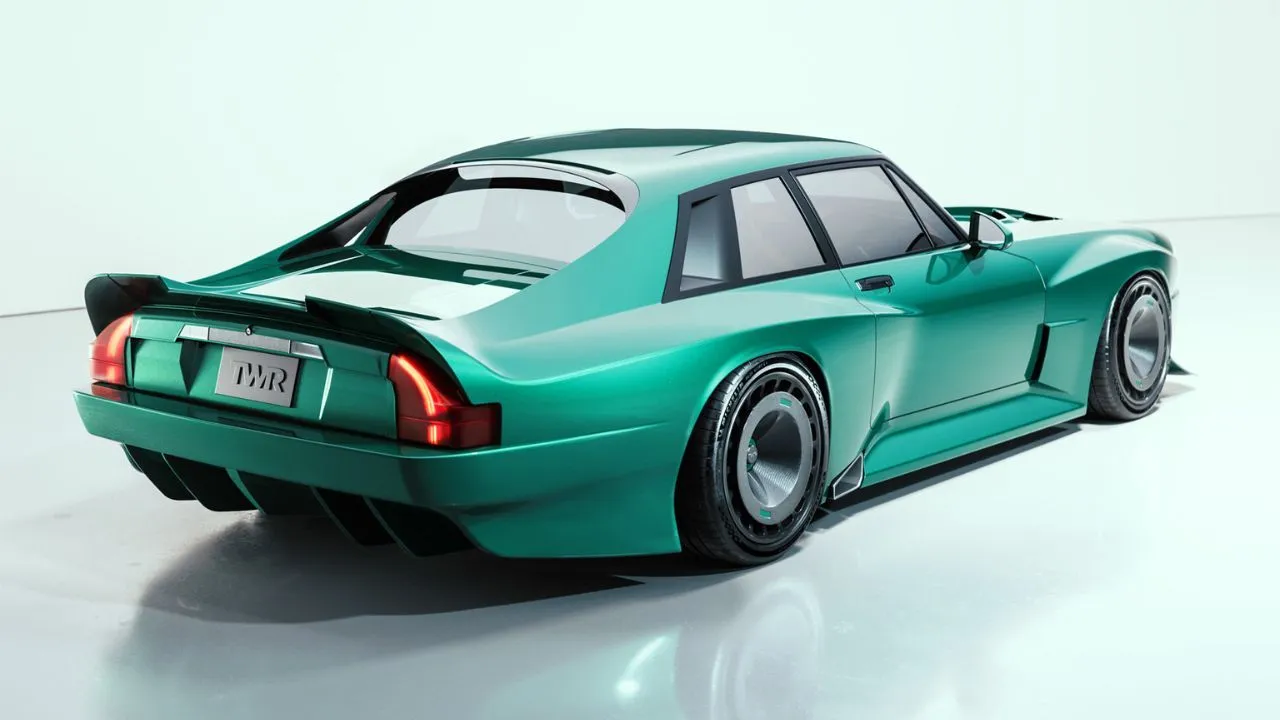
New brake lights are installed in the back, atop a large diffuser that extends across the entire width of the vehicle. Flying buttresses that resemble the rear bodywork of the Le Mans-winning Jaguar XJR-9 flow from the top to the boot lid and feed into a sizable ducktail spoiler on either side. The steeply cambered wheels are prominently seen as the arches curve inward between the top of the flank and the lower bumper from the back.
TWR Supercat: Powertrain and Interior
Mechanically, a supercharged V12 unit producing over 600bhp is located under the bonnet. It also features a cooling duct that nearly runs the entire length of the vehicle. This is a significant upgrade over the original XJS (1988 XJR-S), which was built by the original TWR company and produced 333bhp in its most potent configuration. While the Supercat's V12 is mated to a new 6-speed manual gearbox, the XJR-S was equipped with a 3-speed automatic gearbox.
Moving on, the interior appears to have revised bucket seats with instrument cutouts on both sides of the dashboard. The cabin, which TWR describes as "fundamentally reimagined," will be completely unveiled later this year.
TWR Supercat: Delivery Details
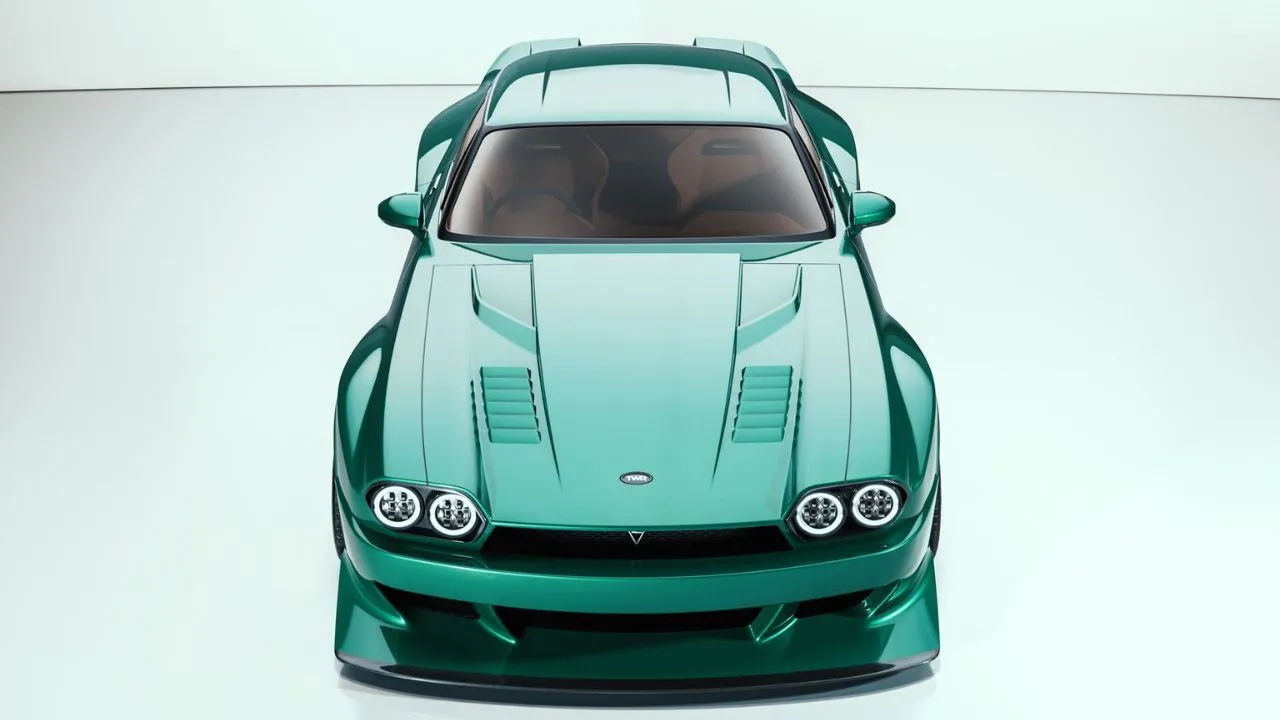
The Supercat is expected to make its official premiere in July at the Goodwood Festival of Speed. TWR has announced that it will only produce 88 examples of the car. The number is a tribute to the original TWR's first 24 Hours of Le Mans victory in 1988 with the Jaguar XJR-9. Build slots for the retromod start at £225,000 (around Rs 2.34 crore). The deliveries of the car are set to commence by the end of this year.
Also Read: Lamborghini Urus SE Plug-in Hybrid Unveiled Globally, Gets 789bhp Twin-turbo V8
About TWS
Within the contemporary history of British racing teams, TWR is among the most successful. Although it collaborated with several automakers, its collaboration with Jaguar was the most productive. In addition to creating two racing-inspired, street-legal supercars under the JaguarSport brand, the XJ2200 and XJR-15, the pair together won the 24 Hours of Le Mans twice, in 1988 and 1990.

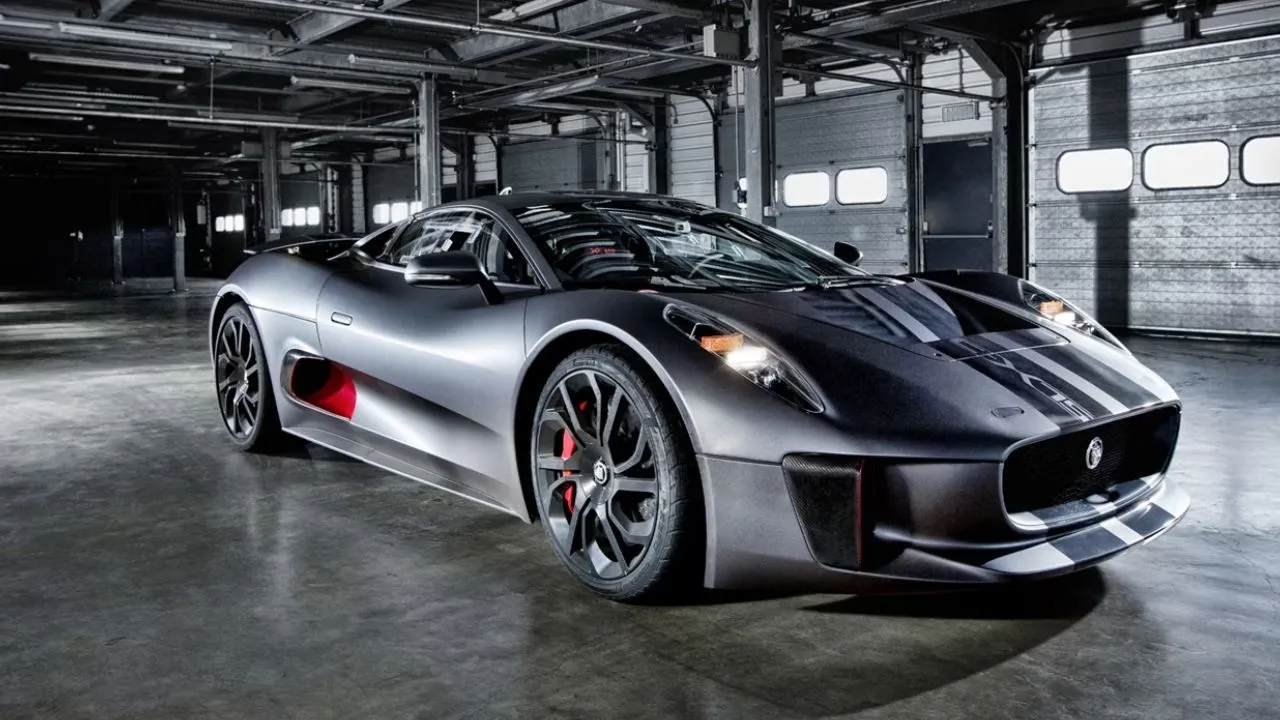

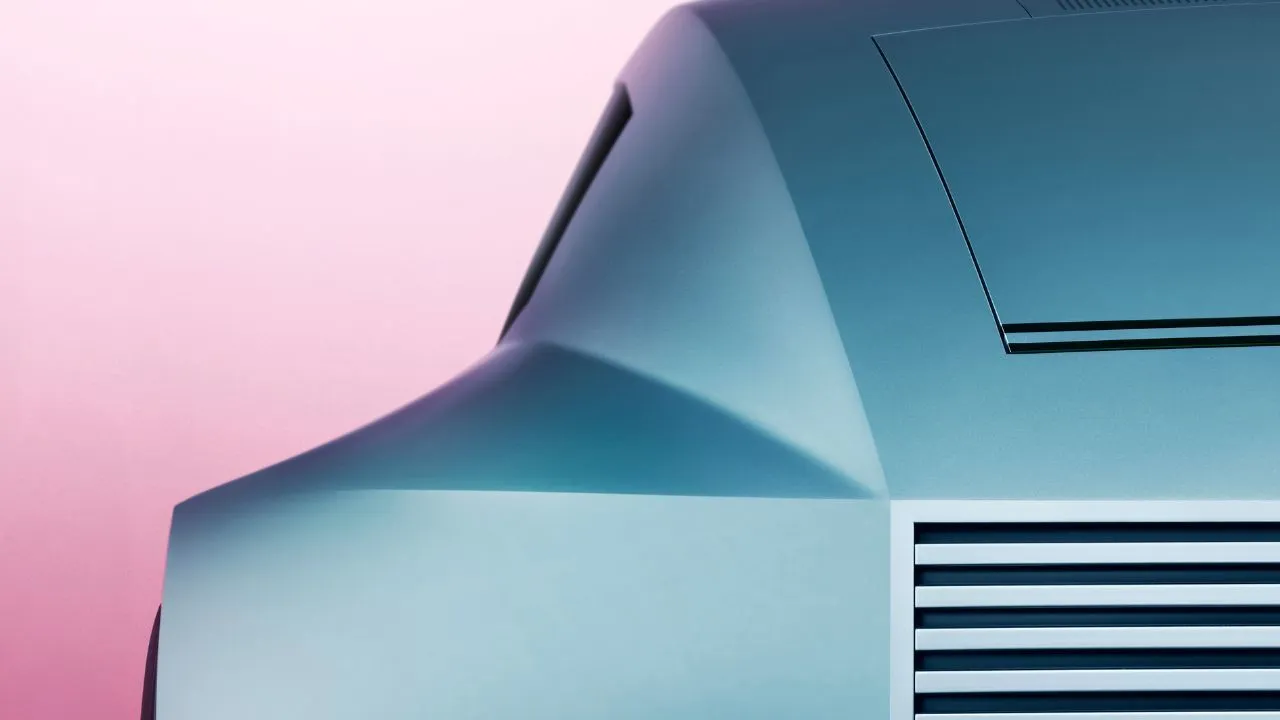

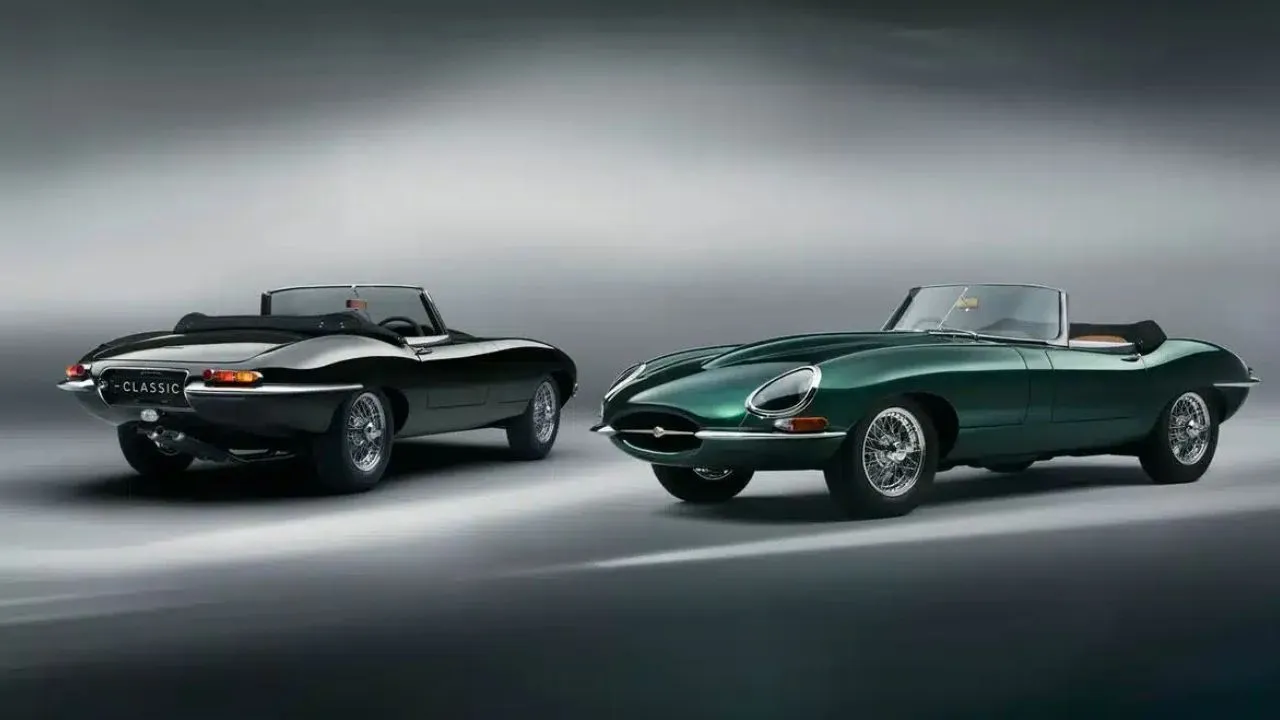
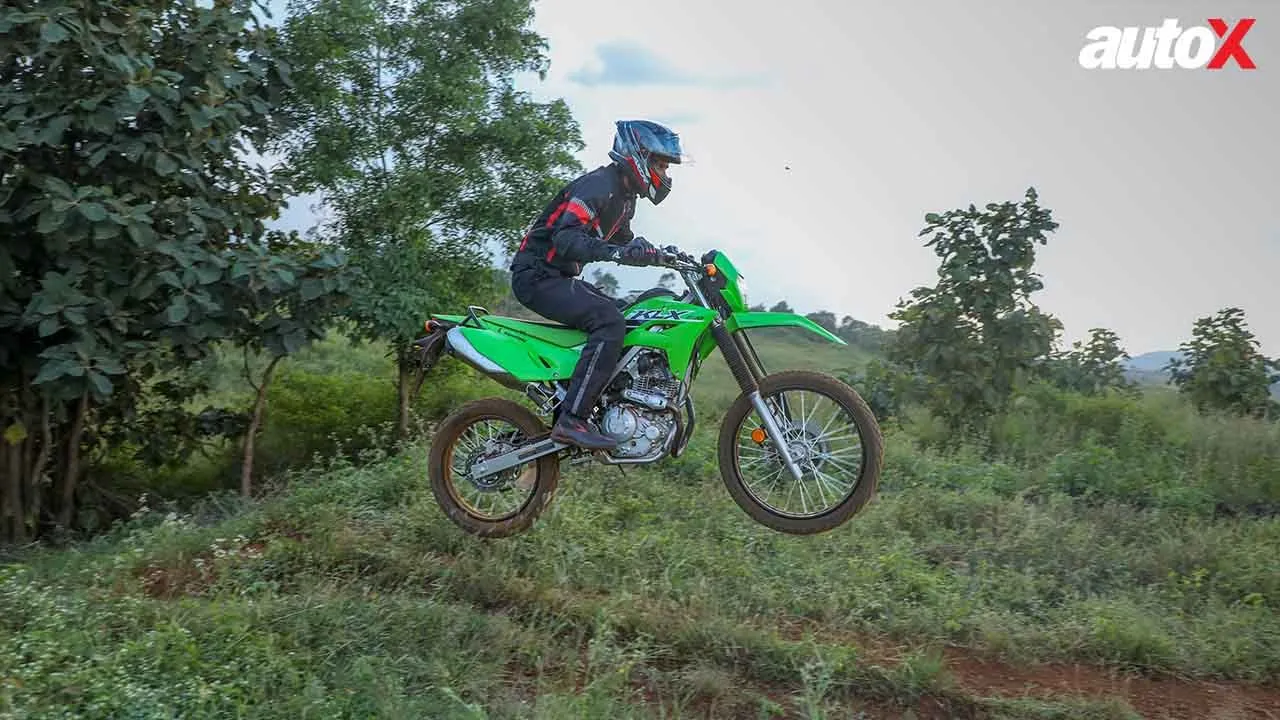
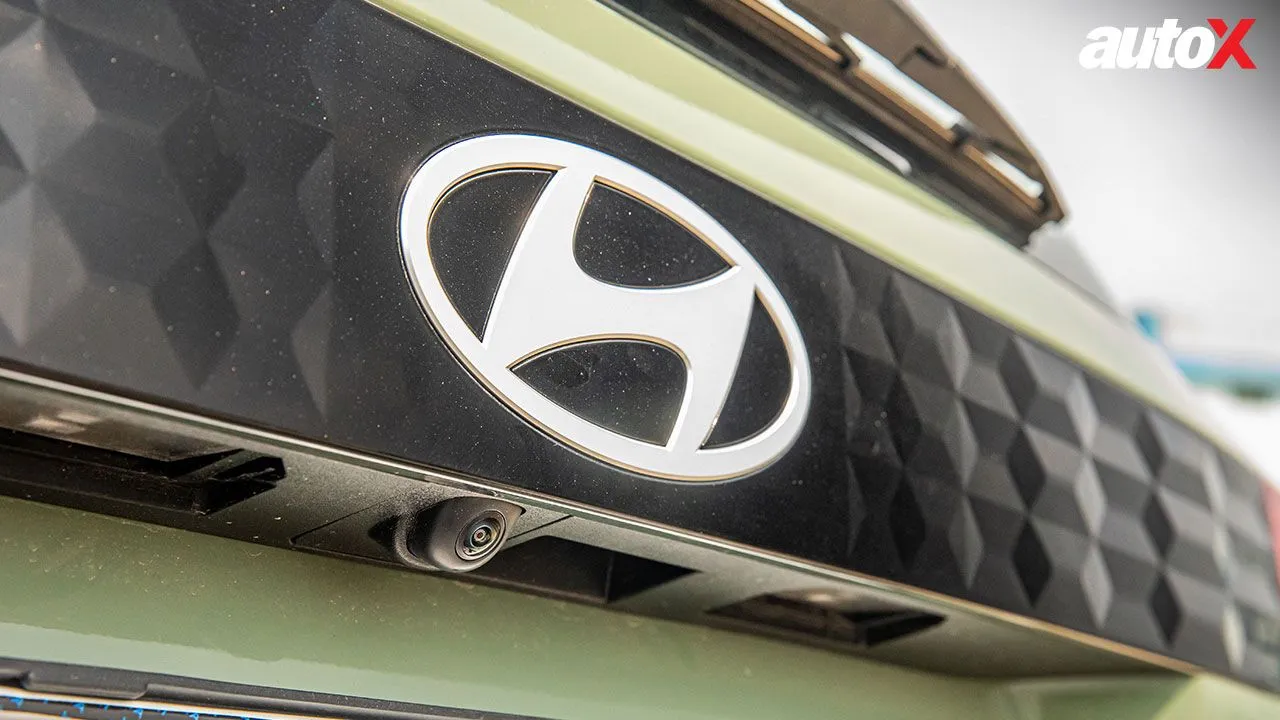
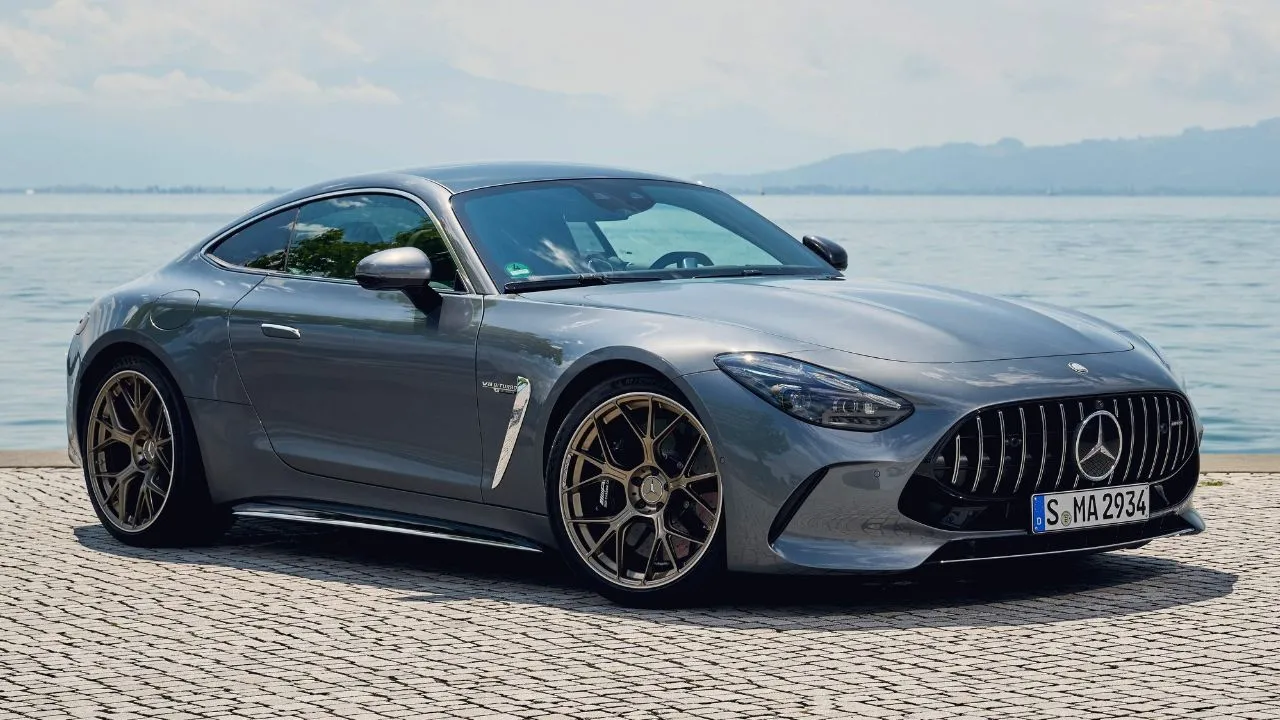





















Write your Comment on